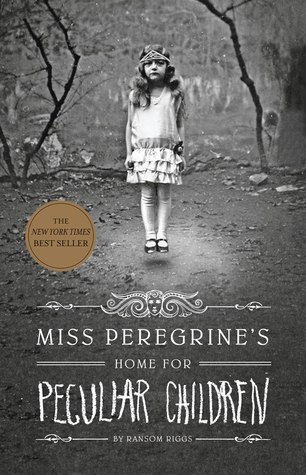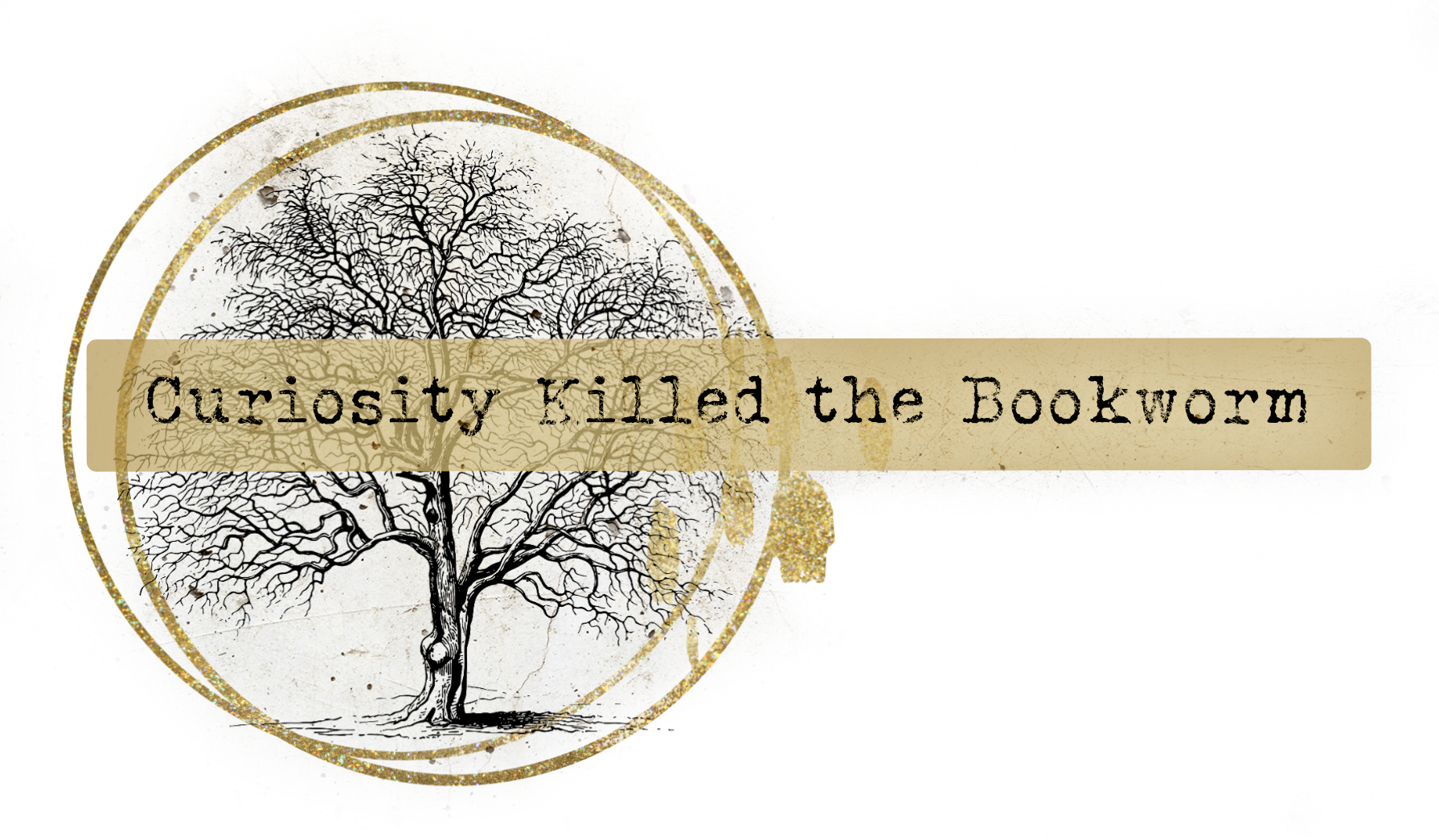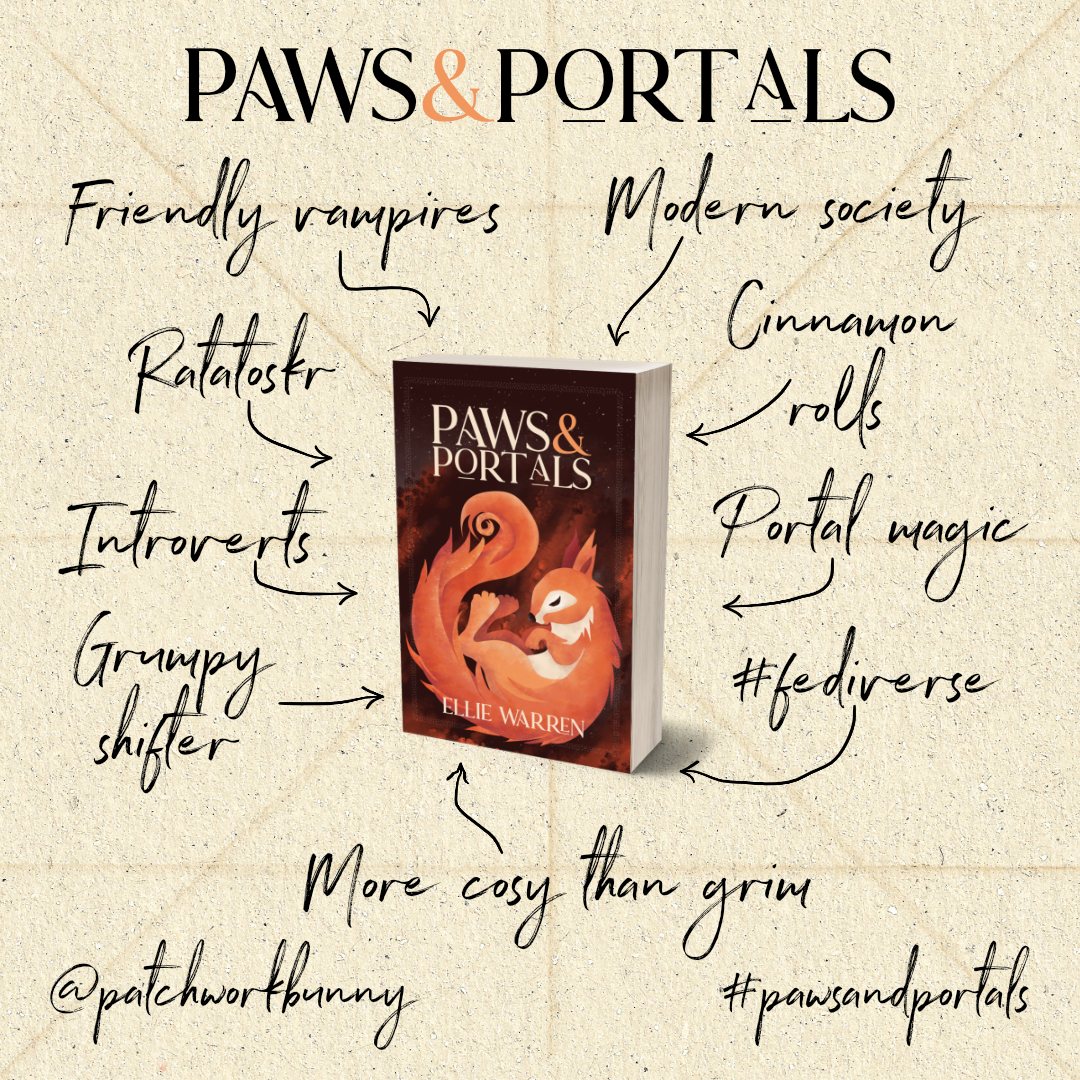
For a while, Jacob believed his grandfather’s tales of the home he grew up in, on a remote island off the coast of Wales. He even had a collection of photographs to back them up. But Jacob soon grew out of the fairy tales, seeing manipulation in all the photographs, until one day, his grandfather is attacked. In the shadows, Jacob sees something. Something that may just prove his grandfather wasn’t crazy. Now everyone thinks Jacob is crazy. With agreement from his psychiatrist, Jacob sets off to Cairnholm Island to visit the place where the stories started.
It was a wonderful idea to build up a story around vintage photographs. The photos are genuine (anyone with an interest in the history of photography will know that people liked manipulating them from the start) and the characters are born out of them. In places, it felt a bit forced and the recurring photos of Emma were obviously not the same girl, but overall, it lifted the book from a simple adventure to something a bit special. Many of the photos are incredibly creepy and those at book group who read ebooks said the unexpected nature of them made them more of a shock when they just appeared on the screen!
The story itself isn’t particularly unique. There’s a home for children with unique powers, even if they are a little quaint (and seemingly pointless at times). There’s an is-he-mad-or-are-they-real plotline. There’s a Narnia-esque doorway to another world and a boy who doesn’t have friends at home but discovers them where he never expected. But I guess these things have become popular tropes because they do work.
The language wasn’t always consistent with the period. The peculiar children certainly didn’t speak like they were in the 40s. I also spent a lot of time trying to work out how the time-defying postal system worked. It’s probably a book best not over-analysed; an otherwise easy and fun read.
I had thought it was a standalone book so it was a bit disappointing when it didn’t really end. It’s clearly set up for a second instalment (out January 2014) and I’m not sure how the photographs are going to work when it’s not about discovery and history. Jacob kept relating the things he was seeing back to his grandfather’s photos or the ones he found in the house. It’s can’t carry on like that; will they be taking photos as they go? I will probably end up reading it just to find out.
I gave Miss Peregrine’s Home for Peculiar Children 7/10 at book group and I’ve been dithering over a star rating. The text itself is probably only 3 stars for me but the photography is a huge bonus…so 4 it is.
Goodreads | Amazon | Waterstones | Hive
Also reviewed @ Books, Biscuits and Tea | Bournemouth Book Club
Related posts
5 Comments
Leave a ReplyCancel reply
This site uses Akismet to reduce spam. Learn how your comment data is processed.







I've been meaning to read this one since it came out but other books just keep butting in front of it and I haven't gotten around to it yet but I'm glad to see you've enjoyed it! Great review 🙂
–Kimberly @ Turning the Pages
I was really disappointed to find out this is not a stand alone too. And wow.. I didn't realize the next book doesn't come out till 2014!!! I'll probably pass on the next book.
Angie
Angela's Anxious Life
I think it was originally meant to be a standalone, but the publishers decided to expand it.
Great review- I really liked this story, but it was the photographs which made it so unique.
I think the photos are what made this what it is, like you said, the uniqueness and the creepiness. Ooh, we have a date for book 2! Awesome. Great review.
Glad you liked it. The photo's made the book for me too. I loved the fact that they were vintage photo's the author had gotten a hold of himself. And they were indeed creepy. I am curious about how the second one is going to be done too. Will have to be extra special